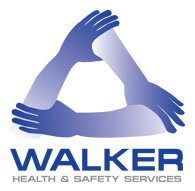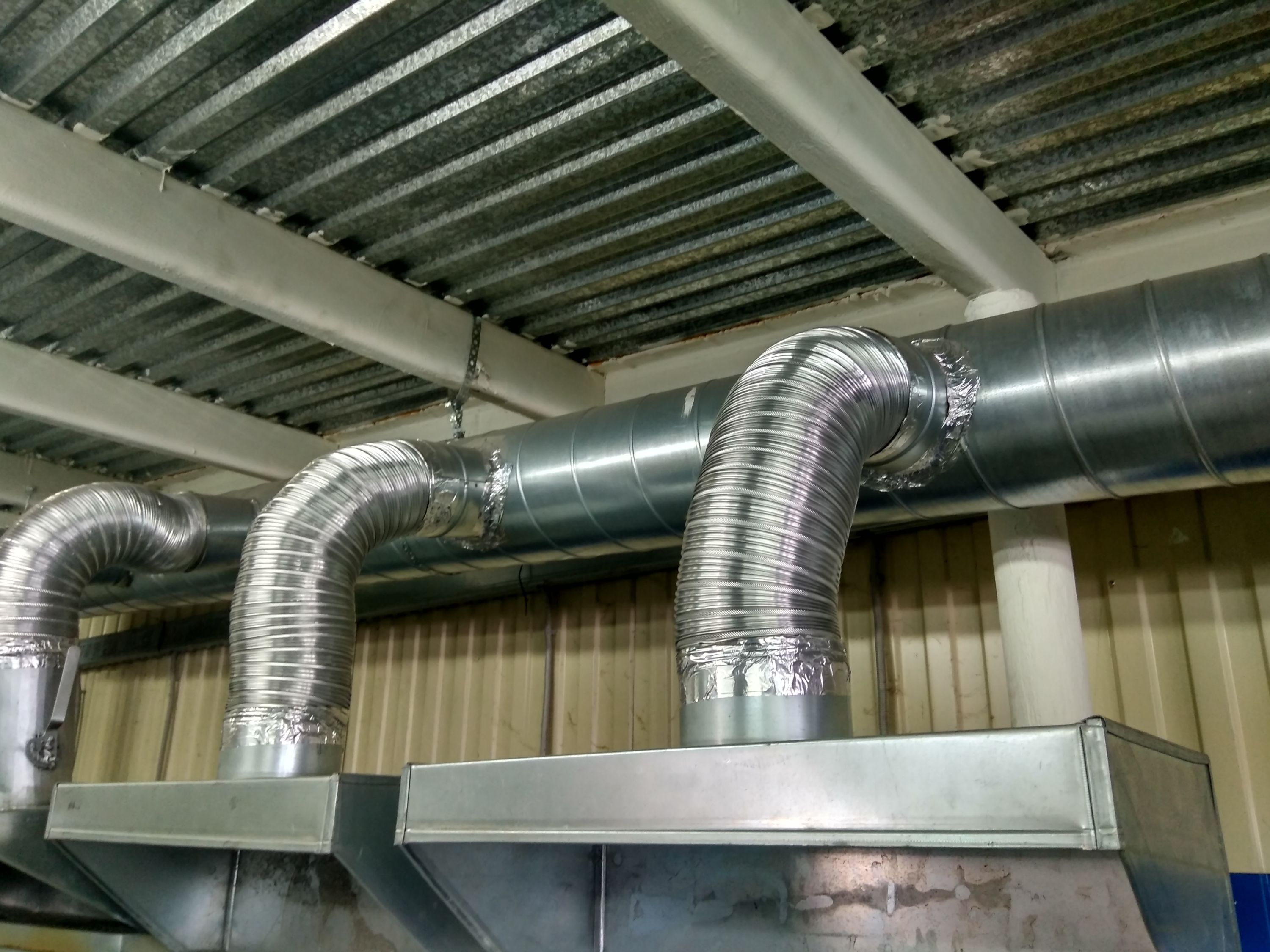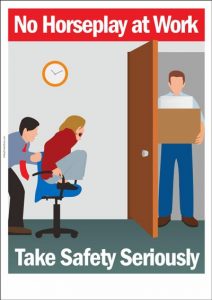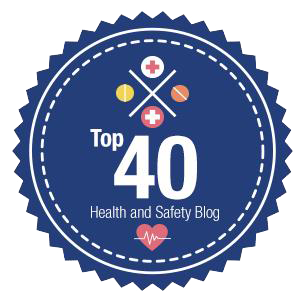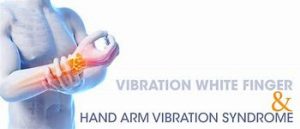
An employer’s guide to Hand-Arm Vibration Syndrome (HAVS)
Hand Arm Vibration Syndrome (HAVS) is a progressive condition that can affect a person’s hands and forearms following prolonged exposure to vibration.
Employers owe a duty to their workforce to take all reasonable steps to reduce the risk of workers developing HAVS, including regular safety assessments, training and providing suitable PPE.
Employers owe a particular duty of care towards staff who have, or may have, a higher risk of developing HAVS due to a history of working with vibrating tools.
HAVS symptoms
HAVS can manifest in a range of debilitating symptoms, including:
- Losing a sense of touch in the fingers
- Severe hand and arm pain and numbness
- Weaker hand and grip strength
- Pins and needles
HAVS symptoms can get worse over time, even after the affected person stops using power tools entirely. The condition can be extremely serious and can affect someone’s daily life and ability to work.
A HAVS sufferer may be unable to work in cold or wet conditions, carry out fine motor tasks or do any work requiring the use of fingers (such as typing). The severe symptoms of HAVS can make it difficult for affected workers to easily retrain.
The condition can have painful vascular effects that can lead to Vibration White Finger (VWF) and nerve damage. Carpal Tunnel Syndrome is also associated with vibration exposure and can exist alongside HAVS.
Who is at risk?
Generally speaking, HAVS risk increases with the strength of the vibration and the duration of use, both in terms of the length of time a tool is used before a break, and the overall time that vibrating tools are used.
However, any employee who uses vibrating tools or equipment, for any length of time, is potentially at risk.
Construction workers are particularly likely to be at risk, but the risk to workers in other sectors, including rail and road maintenance, manufacturing and gardening/estate management should also be assessed.
Jackhammers, road breakers and hammer drills are obviously harmful if overused, but almost all power tools carry some degree of vibration risk. Handheld grinders, chainsaws, lawnmowers and strimmers carry a risk of harm, as can stationary saws, drills and sanders.
Employers also owe a duty to accommodate and protect workers who either already have a disability that could put them at greater risk, or who have a history of vibration exposure.
A company must identify workers at greater risk, and take steps to protect them from further harm. A ‘one size fits all’ approach to vibration exposure management is rarely suitable.
Your obligations as an employer
The Control of Vibration at Work Regulations require companies to manage vibration-related health and safety risks. As an employer, you must ensure that employees’ exposure to vibration at work is reduced to a minimum, wherever it is reasonable and practical to do so.
In practice, the law recognises that some degree of exposure is inevitable for some workers, including any staff that use vibrating power tools or machinery as a part of their job. It is the employer’s responsibility to regularly assess, monitor and act to reduce this exposure.
Employers’ legal duties include:
- Regularly checking vibration risks to workers
- Acting to reduce risks
- Providing regular awareness training to at-risk employees
- Monitoring the effectiveness of the measures taken
- Carrying out regular health checks for at-risk workers
As with other areas of health and safety law, such as noise-related regulations, there are fixed levels of exposure at which an employer must take action.
Vibration exposure limits are called the exposure action value (EAV) and the exposure limit value (ELV). These limits are measured using an A(8) value. The A(8) value is the average exposure over an 8-hour workday.
The EAV has a A(8) value of 2.5 m/s2. This represents a piece of equipment’s vibration or movement per second. If an employee is exposed to A(8) value over 2.5 m/s2, their employer must act to reduce exposure as much as possible.
The ELV is 5 m/s2 A(8). This represents the absolute limit of daily exposure that employees must not exceed.
Manufacturers will usually publish the vibration values of their equipment, but the method for calculating a tool’s A(8) value from its rating is not obvious.
Online calculators are available to help you work out A(8) values for different tools and how they should be combined to calculate a worker’s overall risk.
Personal protective equipment (PPE)
The two key ways to protect workers from vibration-related injury are:
- regular health checks
- reducing the time that workers use vibrating equipment (e.g. by job rotation)
In addition, vibration risk can be reduced by properly maintaining vibrating equipment. Older gear should be replaced if possible. Newer products generally have lower vibration ratings, meaning they can be used for longer. Consumables like abrasive discs should be suitable (i.e. those recommended by the manufacturer), and regularly replaced.
The HSE takes a somewhat sceptical position on the effectiveness of PPE like anti-vibration gloves. Even CE and ISO-certified gloves may actually increase vibration risk under certain circumstances, so gloves should not be treated as a quick-fix solution.
The risk of harm is greater in cold weather, so suitable gloves could be worn in such conditions.
What to do if an employee makes a claim?
Receiving notification of claim from an existing or past employee can come as a shock to an employer. Compensation claims can be disruptive to a business and can impact morale at a firm.
Your immediate concern should be the well being of the employee as well as ensuring that other employees are not at similar risk of injury.
Chris Salmon, Director of Quittance said, “Most claims do not go to court. Instead, they are a process of a negotiation between the claimant’s solicitor and the employer’s insurer. At certain stages, the insurer will ask you to provide information and respond to assertions made by the claimant’s solicitor.”
“Try to maintain constructive communication with the injured employee or ex-employee from the outset. This approach can have a positive effect on the outcome, and should reduce the likelihood of acrimonious court action and knock-on consequences for company morale.”
On receipt of a claim notification form, you should:
- Notify your insurer.
- Respond to the notification within the set timeframe.
- Make sure that all formalities, such as accident book reporting, are completed.
- Arrange a full health and safety audit across the company. Consider getting professional input from a health and safety expert.
- Refrain from corresponding with the employee without legal advice, but make sure that all communication is positive and compassionate, rather than confrontational.
- Reassure other employees that you are cooperating with the claim process, address any concerns they may have and stress the importance of health and safety in the company.
- Think about PR – if appropriate, acknowledge the issue, along with any failings, and highlight the measures implemented to reduce the risk of work injuries.
Split Liability
Attributing liability for an occupational disease can be complicated. HAVS can be gradually contracted from prolonged exposure to vibration at a number of previous employers.
If the employee was exposed to vibration at previous or concurrent employers, a split liability agreement may be reached. Under such an agreement, compensation may be shared between your insurer and the other employers’ policies.
It could be that the employee is partially responsible for the condition. If, for example, the employee repeatedly failed to take mandated breaks, it may be argued that they contributed to the condition and compensation might be reduced.
Contact us if you require further advice.
Guest Speaker – Chris Salmon Director and Co-Founder of Quittance Legal Services
